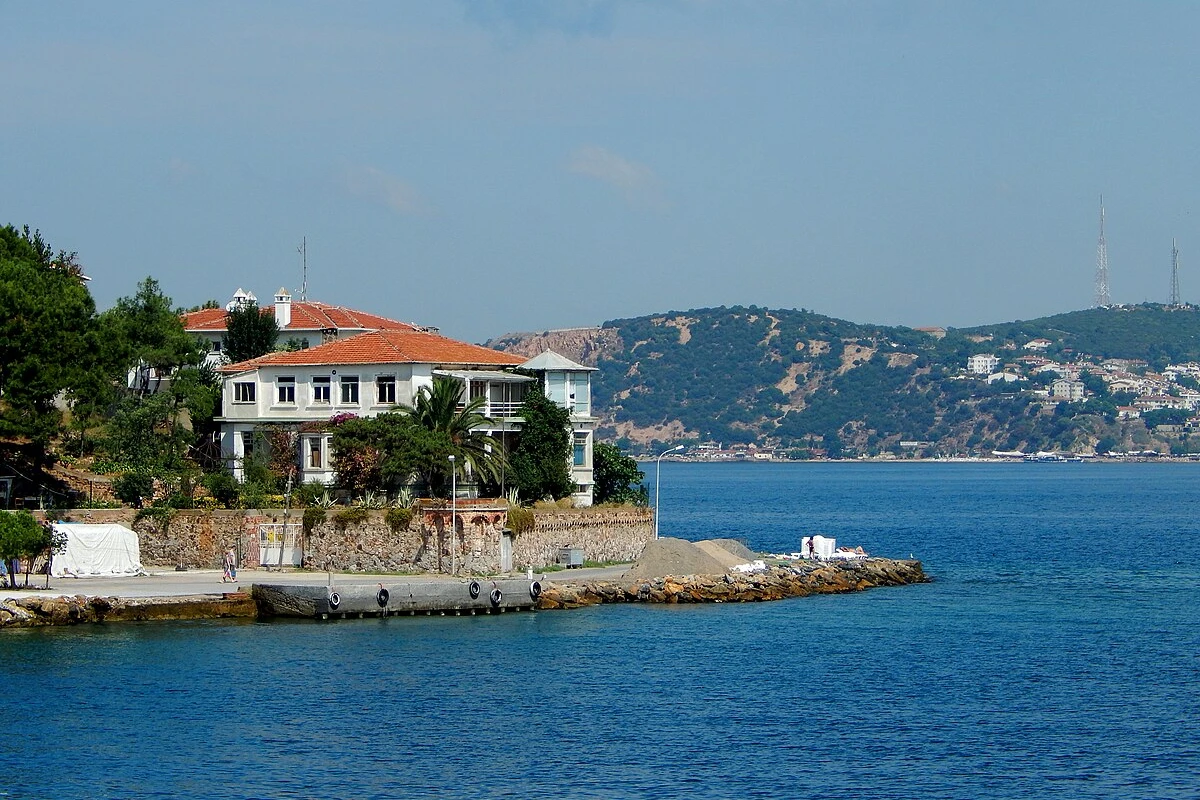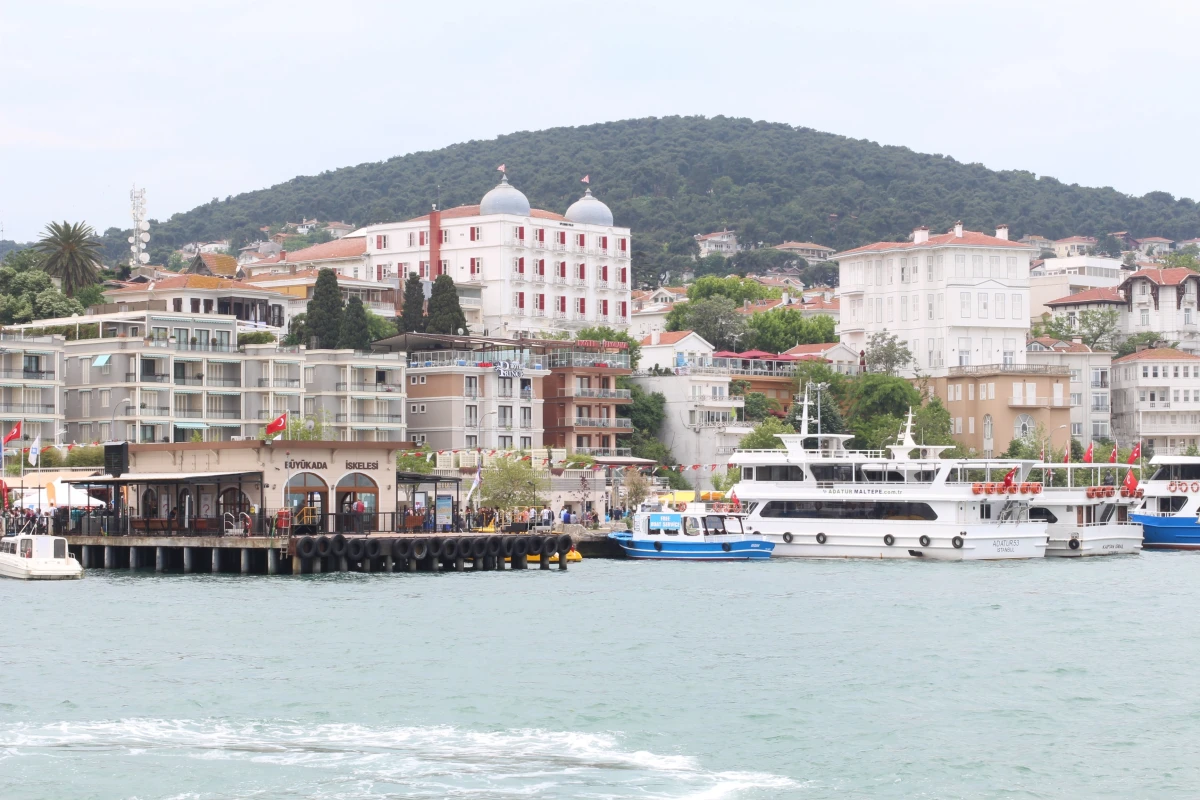Where exile meets elegance
As you board the iconic boats and feel the breeze of the Marmara Sea, the first island to greet you is a quiet one with red, rocky hills draped in pine trees. This is Kınalıada, known in Greek as Proti, meaning “the First,” a reference to its proximity to the city. The Turkish name Kınalı, meaning “henna,” reflects the reddish hue of its soil, rich in iron and copper.
Plan Your Visit
| 🗺️ How to Get There | Ferry from Kabataş, Eminönü, or Bostancı via Şehir Hatları or private lines. Approx. 25–60 minutes depending on departure pier |
| 🌄 What to Do | Visit Hristos Monastery for panoramic views. Explore Surp Krikor Church and Armenian cemetery. Discover modernist Kınalıada Mosque. Stroll along Aykaç Street and admire Sirakyan Houses. |
| 🍽️ Eat & Drink | Try out Jash Herman Chef Restaurant with delicious sea food with mezzes (side dishes) Don’t miss a Turkish tea with a sea breeze. |
| 🕓 Best Time to Visit | Spring and early autumn for mild weather and fewer crowds. |
The List of Places
A Landscape Shaped by History
Yet despite its closeness to Istanbul, Kınalıada once felt worlds away. It was an island for political exiles, notably Emperor Leo V, due to his views on the frescoes in the churches in the 9th century.
In this century, the Byzantine Empire had a debate on frescoes. Iconoclasts suggested that there was no place for frescoes in the church. However, Emperor Leo V was a fierce defender of it, and then he was exiled to this small island.
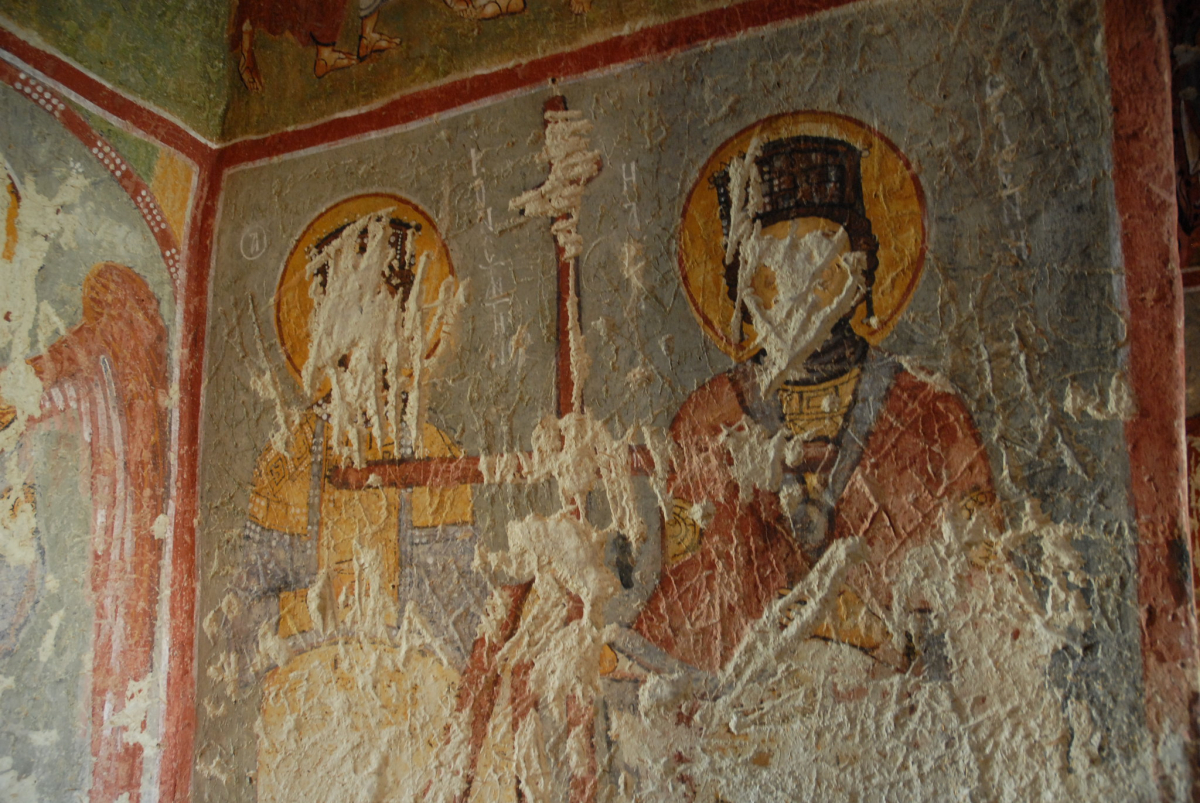
An iconoclast movement from Cappadocia, Göreme Open Air Museum (by Eric Anderson)
Another victim was Romanos IV Diogenes, the emperor defeated by the Seljuk Turks at the Battle of Manzikert in 1071. His downfall marked the symbolic opening of Anatolia to the Seljuk Turks, and his punishment was solitude here, on this island of silence and shadow.
Even earlier, its hills had been quarried for marble and metals, used in the construction of Constantinople’s city walls and cannon foundries like Tophane. But Kınalıada’s harsh climate and limited tree cover delayed any real popularity until the 19th century, when Istanbul’s Armenian community made it their summer refuge.
Layers of Armenian and Byzantine Heritage
The island’s religious legacy is anchored in Surp Krikor Lusavoriç Armenian Church, the only one on the island. Founded in 1854 and opened three years later, it served as both church and orphanage for the Armenian community. Today, its adjacent Patriarchal summer residence and quiet cemetery remain powerful testaments to a deep-rooted cultural life.
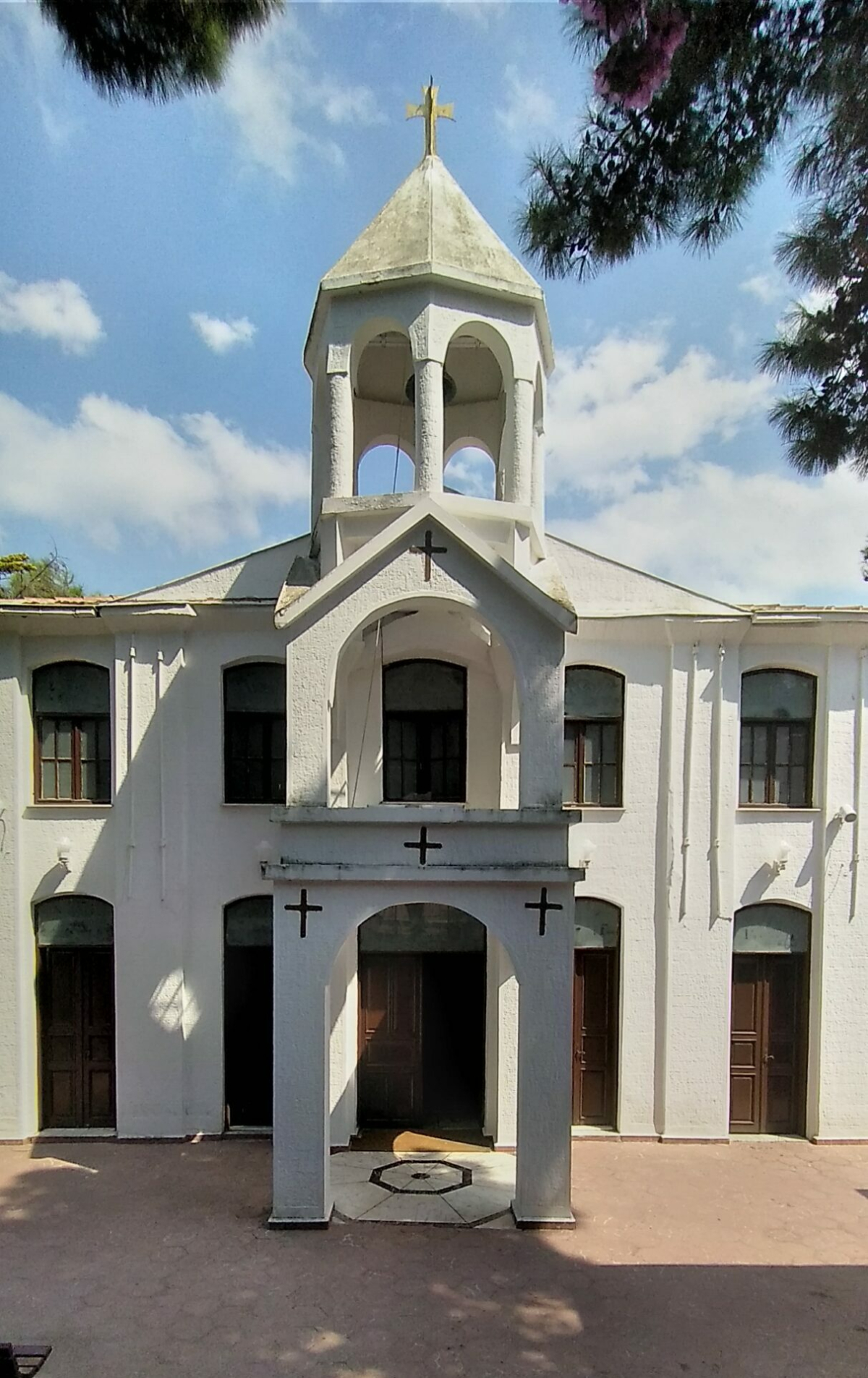
The façade Surp Krikor Lusavoriç Armenian Church (Kültür Envanteri)
Streets of Character and Charm
You’ll also spot gems of early 20th-century island architecture, such as the Sirakyan Twin Houses, symmetrical, pitched-roof villas built by Armenian craftsmen. Or stroll through Fazıl Ahmet Aykaç Street, named after the poet and teacher who once called Kınalıada home. Each stone path and pine-covered hill hints at laye,red stories: of exiles and emperors, of poets and artisans, of faith and survival.
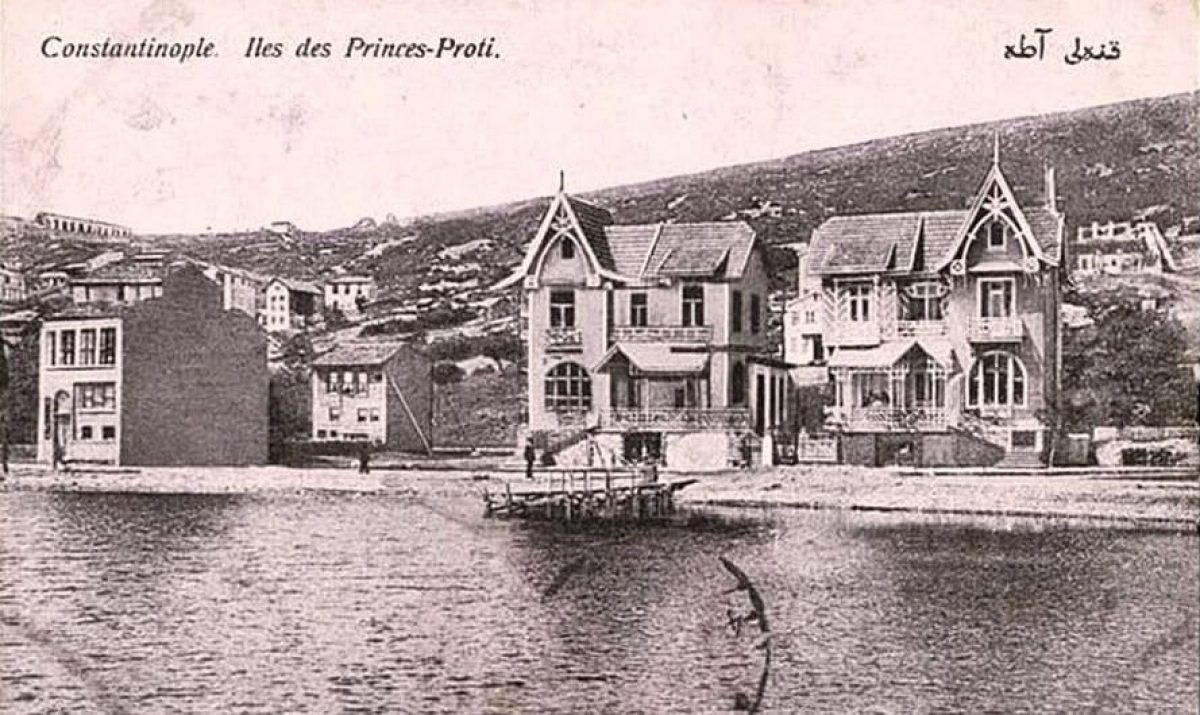
An archive photo of Sirakyan Twin Houses
Why is it Worth Visiting?
Kınalıada is more than just a scenic island escape. It’s a microcosm of Istanbul’s layered identity: Byzantine exile, Armenian sanctuary, Ottoman elegance, and Republican modernity. All of it condensed on a small, red-tinted island floating quietly off the city's coast.
This is where the empires exiled their emperors—and where today's travelers can rediscover silence, sea, and soul.


